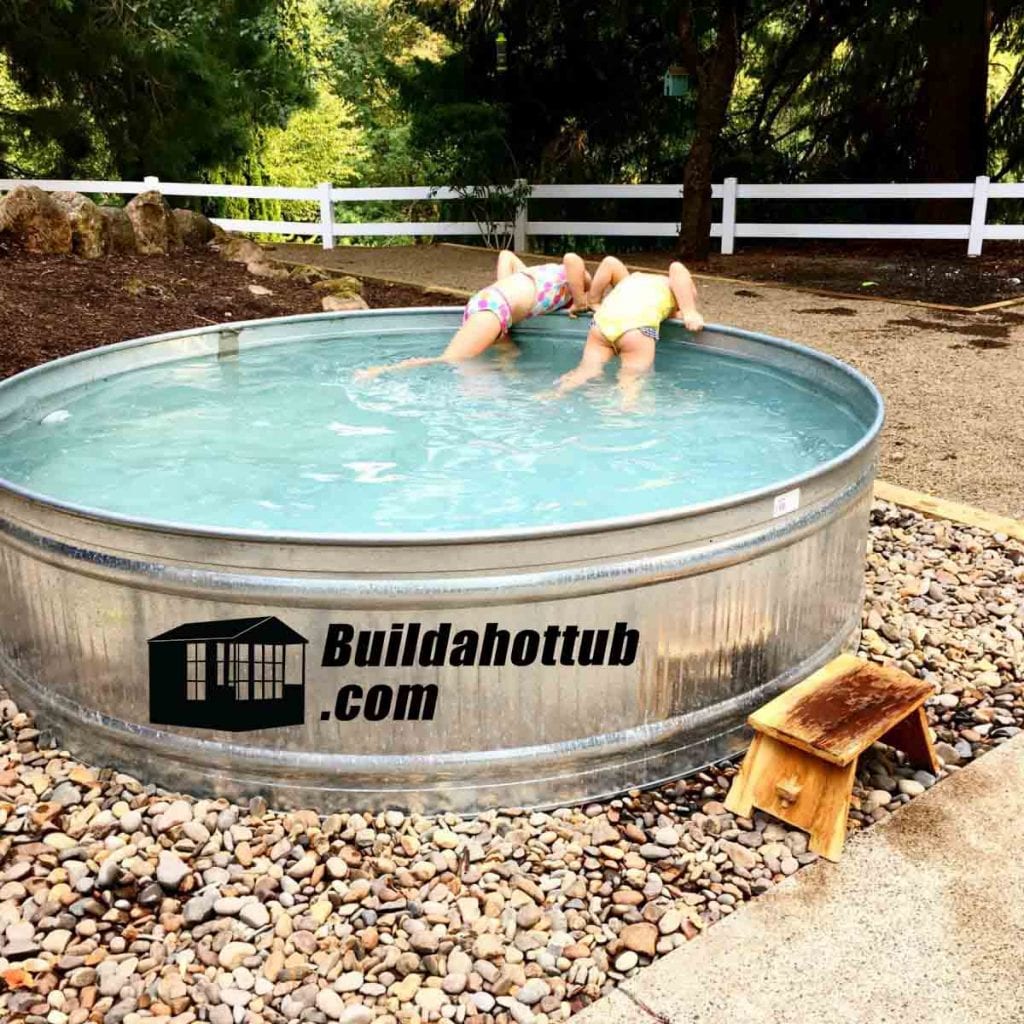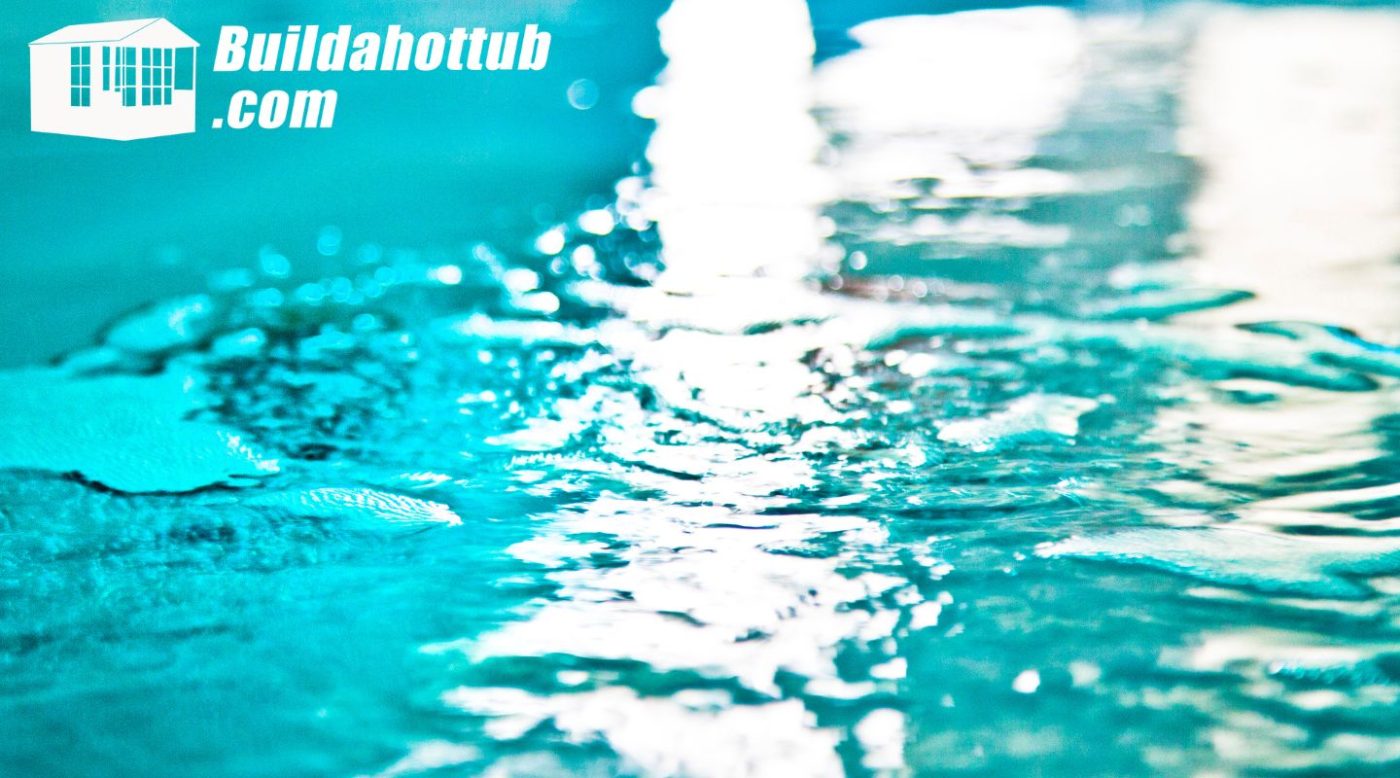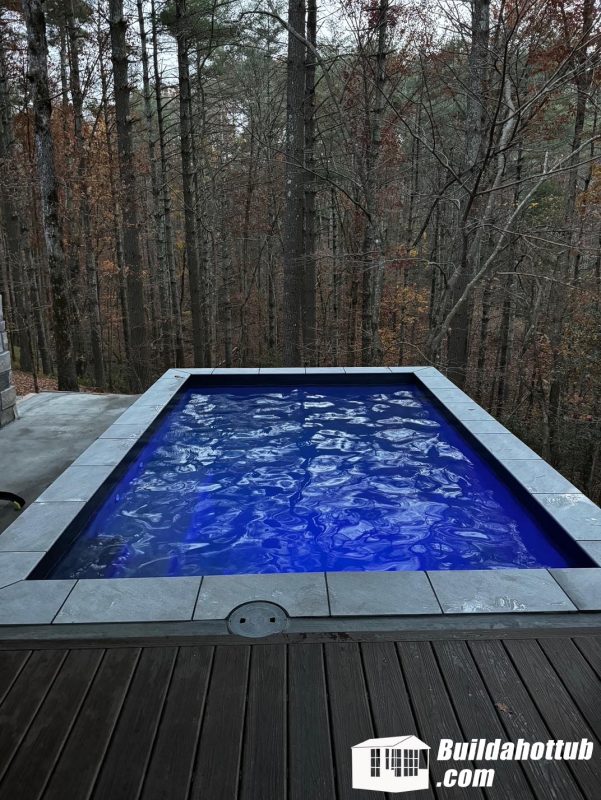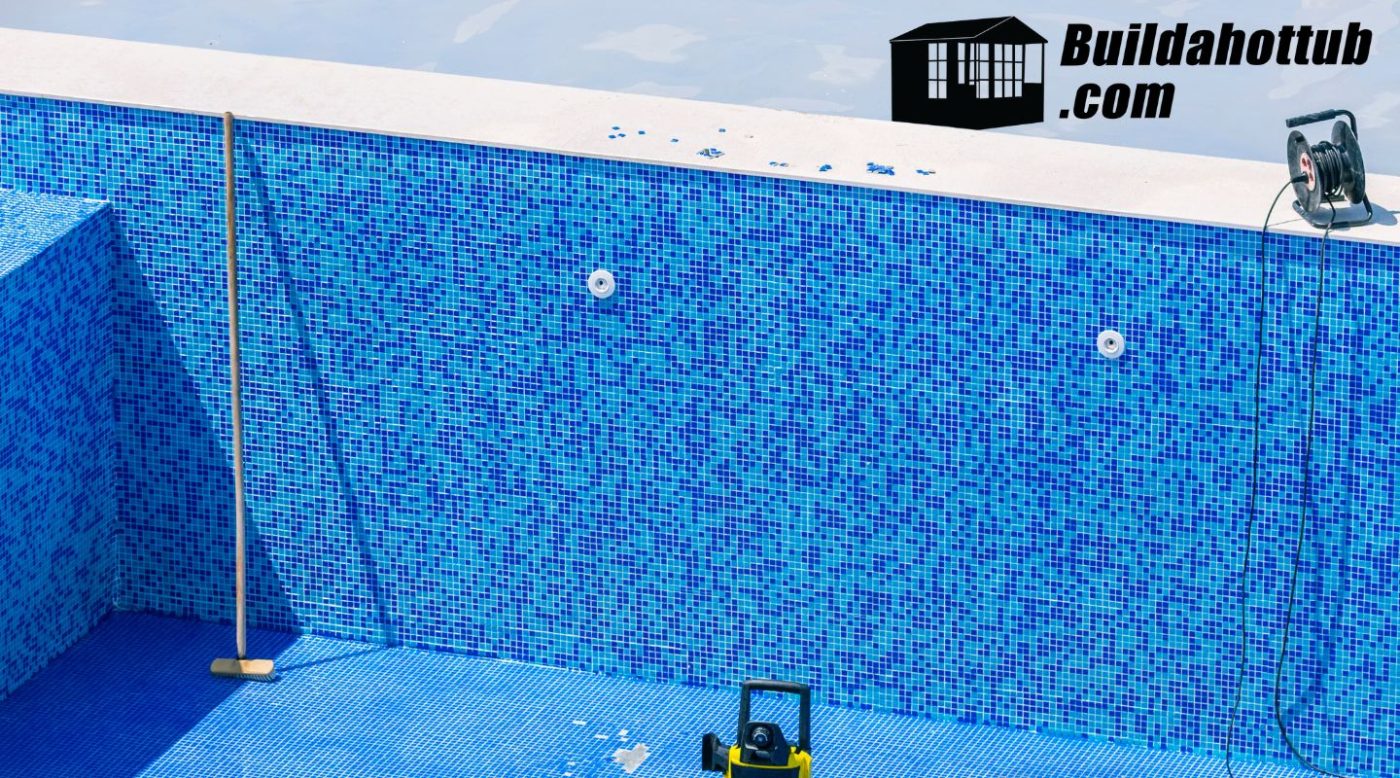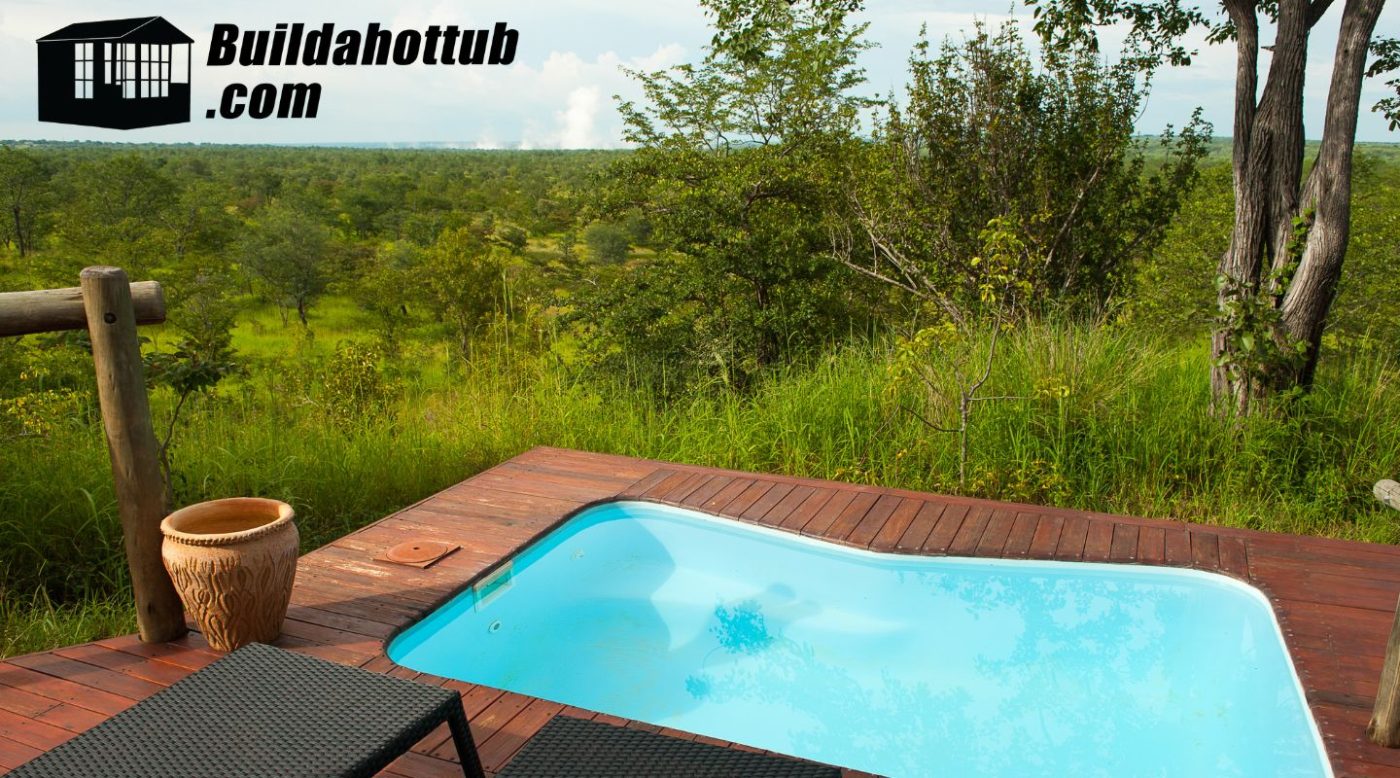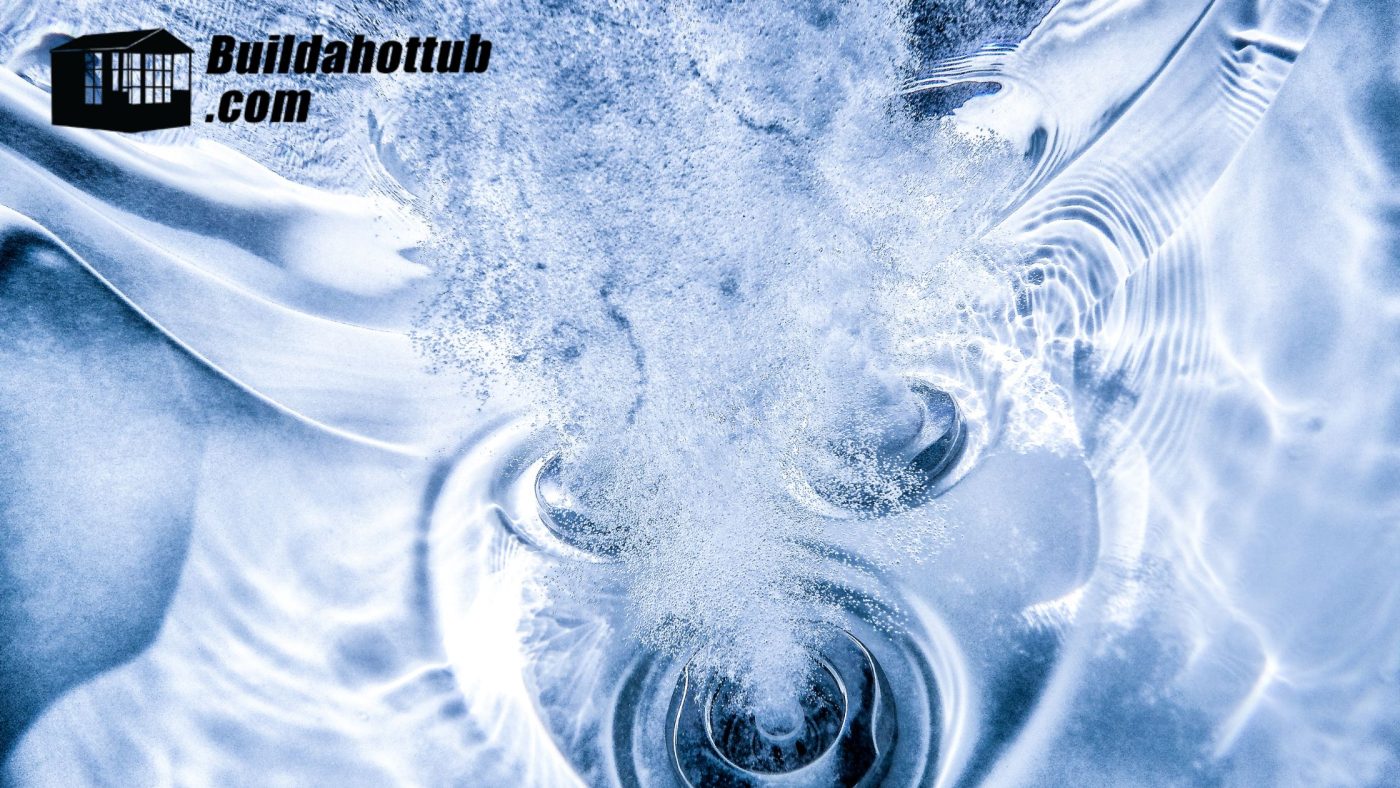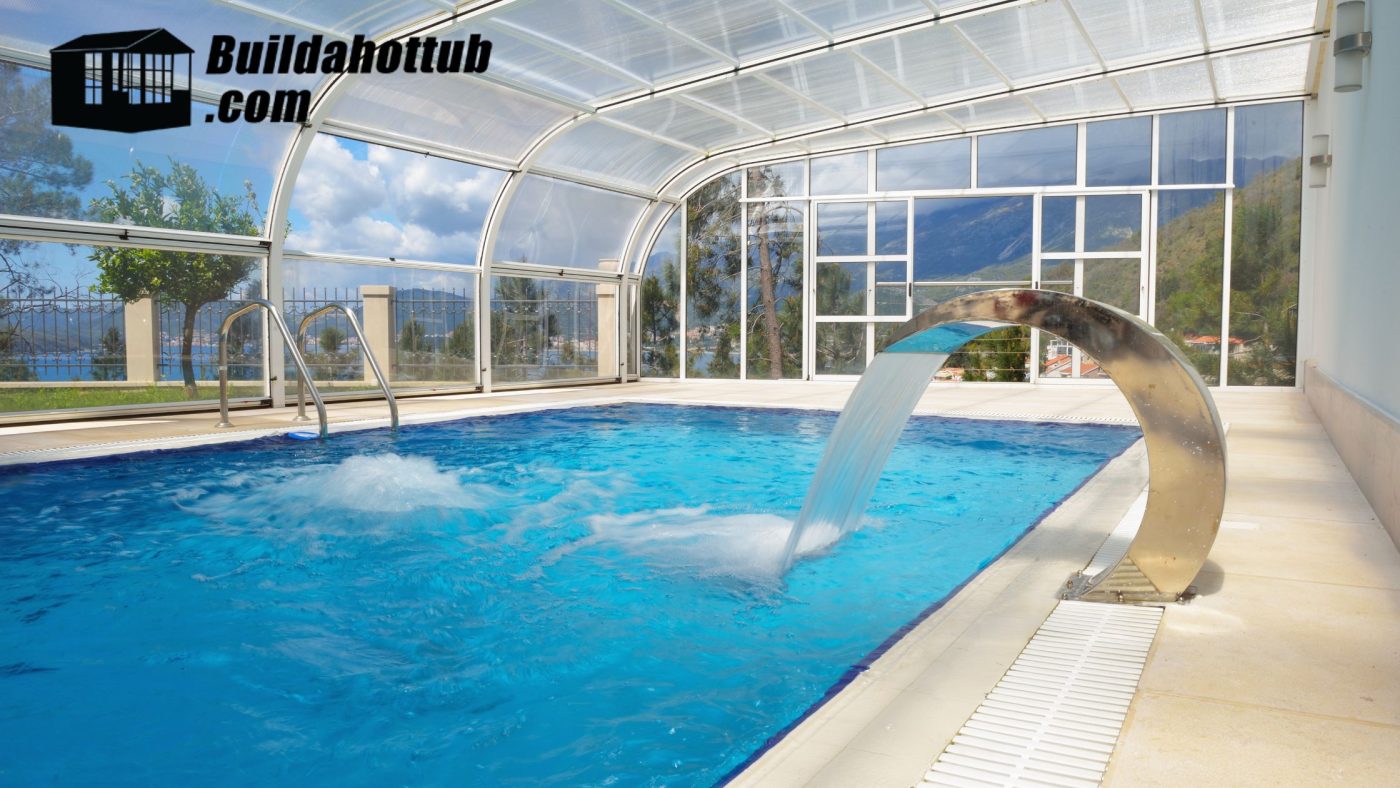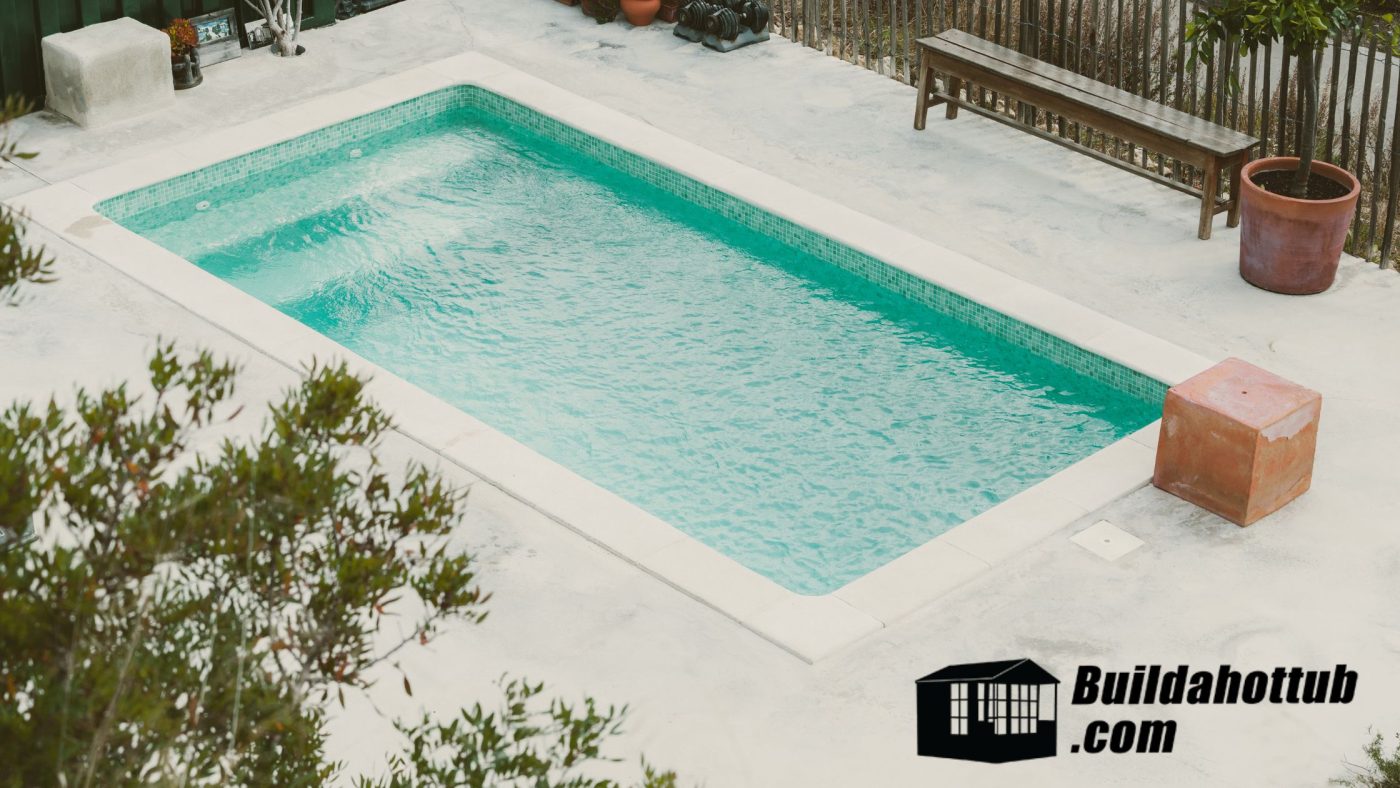Backyard swim spa? Yes please!
Picture this: you step out into your backyard, the sun gracing your skin, and there it is – your very own swim spa, an inviting haven of warm, bubbling water. The gentle hum of jets fills the air, and you feel an instant sense of tranquility wash over you. Imagine the invigorating exhilaration of swimming laps in your own private pool, the soothing relief of hydrotherapy jets easing away tension from your muscles, and the sheer joy of sharing this backyard retreat with friends and family.
Backyard swim spas have emerged as a popular choice for homeowners seeking to enhance their outdoor living spaces and embrace a healthier lifestyle. These versatile aquatic wonders offer a unique blend of relaxation and fitness, catering to a wide range of needs and preferences. Whether you’re seeking a place to unwind after a long day, a fun-filled family activity, or a low-impact exercise routine, a swim spa can transform your backyard into a year-round oasis of wellness and enjoyment.
In this comprehensive guide, I’ll delve into the world of backyard swim spas, exploring their benefits, features, and considerations to help you make an informed decision. We’ll uncover the secrets behind their therapeutic effects, showcasing how swim spas can enhance your physical and mental well-being. We’ll also guide you through the process of selecting the perfect swim spa for your needs and budget, ensuring you find the ideal fit for your backyard and lifestyle.
So, prepare to embark on a journey of relaxation and rejuvenation as we unveil the transformative power of backyard swim spas. Discover how these aquatic havens can elevate your outdoor living experience, providing endless opportunities for fun, fitness, and relaxation.


